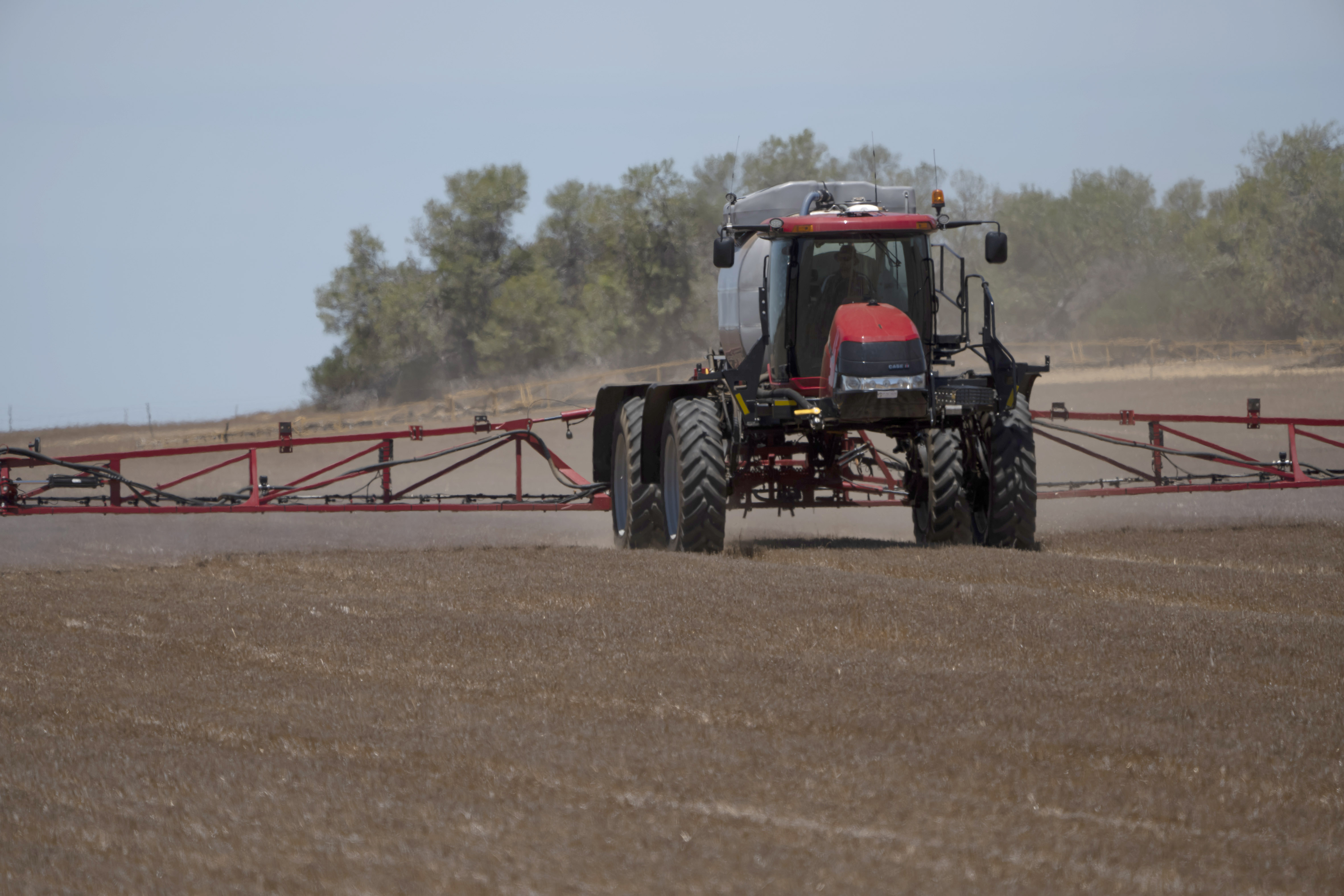Protect next season’s profits with summer weed control
Protect next season’s profits with summer weed control
Date: 17 Feb 2021
Growers who experienced rainfall over summer can protect their future profits by making weed control a priority ahead of planting in autumn.
Summer weed management will ensure any soil moisture and nutrients can be conserved for the coming season, while also minimising ‘green bridge’ for carry-over of pests and diseases.
Controlling weed growth can lead to direct yield increases through:
- Increased plant available water
- A wider and more reliable sowing window
- Higher levels of plant available nitrogen
- Reduced levels of weed vectored diseases and nematodes
- Reduced levels of rust inoculum via interruption of the green bridge
- Reduced levels of diseases vectored by aphids that build in numbers on summer weeds, and
- Reduced physical impacts from weeds on crop establishment.
SOURCE: The GRDC Summer Fallow Weed Management Manual
Protecting profits
A GRDC investment conducted by the New South Wales Department of Primary Industries examined the effects of summer weeds on plant available water and nitrogen in following crops, and the yield benefit from controlling summer weeds.
The research advocates spraying summer weeds when they are young and actively growing as the most effective way to kill weeds and protect potential crop profitability.
A key finding of this research was that for every dollar invested in herbicides during the summer fallow period, the return on investment ranged from $3 per hectare to $8 per hectare.
It also highlighted that for every millimetre of moisture lost in summer weed growth, availability of mineral nitrogen in the soil was reduced by 0.64 kilograms per hectare. For example, saving 75 millimetres of moisture can provide 50kg of nitrogen per hectare to the following winter crop.

Identify the weed
Weed management is estimated to cost Australian grain growers approximately $3.3 billion every year. This figure does not take into account ongoing costs from yield and nutrition losses.
The GRDC’s Common Weeds of Grain Cropping Ute Guide encourages the identification of weed species as a priority to ensure correct management decisions are made in a timely and cost-effective manner. Correct identification of weeds allows the correct choice of herbicides and management tactics.
Common summer weed species found in most years include:
- Afghan melon (Citrullus lanatus)
- Paddy melon (Cucumis myriocarpus)
- Button grass (Dactyloctenium radulans)
- Caltrop (Tribulus terrestris)
- Feathertop Rhodes grass (Chloris virgata)
- Flaxleaf fleabane (Conyza bonariensis)
- Windmill grass (Chloris truncata).
- Potato weed (Heliotropium europaeum)
- Sowthistle (Sonchus oleraceus)
Research conducted by Western Australia’s Department of Primary Industries and Regional Development (DPIRD), with GRDC investment, has found controlling a number of these summer weeds in low rainfall zones is 70-99 per cent likely to result in a profit in the first year. In high rainfall zones, the likelihood of making a profit is estimated to be 30-80 per cent.
SOURCE: GRDC GroundCover™ – Summer weed control needs to set up next season and GRDC Paddock Practices – Summer weed management tips for WA
Control tactics
DPIRD research officer Dr Catherine Borger says glyphosate (Group M) is the most important herbicide for controlling weeds in the summer fallow. However, several common species have evolved resistance to this herbicide and certain environmental factors can reduce glyphosate performance over summer.
Maximising glyphosate efficacy relies on translocation to the root and shoot tips. Applying herbicides onto stressed plants or onto large plants can reduce herbicide translocation. Herbicide efficacy can also be reduced in periods of high temperatures and low humidity, such as during typical summer periods. These conditions rapidly reduce droplet life on the leaf of the plant and therefore reduce plant absorption.
Glyphosate performance can be optimised through attention to application variables such as temperature at the time of application, plant stress, water quality and formulation.
A double knockdown strategy is a good option for summer weed control, especially for hard to kill weeds. The double knockdown is a sequential application of two different control tactics within a relatively short period. It usually involves glyphosate followed by paraquat, paraquat/diquat or glyphosate plus an effective alternative herbicide, at full label rates, in the first knock and a robust rate of paraquat in the second treatment.
Useful resources:
More information on summer weed management is available via the GRDC’s Integrated Weed Management hub.
The GRDC-supported WeedSmart resource centre is the ‘single industry’ multi-channel platform for information on combating cropping weeds and herbicide resistance in Australia.
GRDC Common Weeds of Grain Cropping Ute Guide
GRDC Summer fallow weed management manual
GRDC Integrated Weed Management in Australian Cropping Systems
